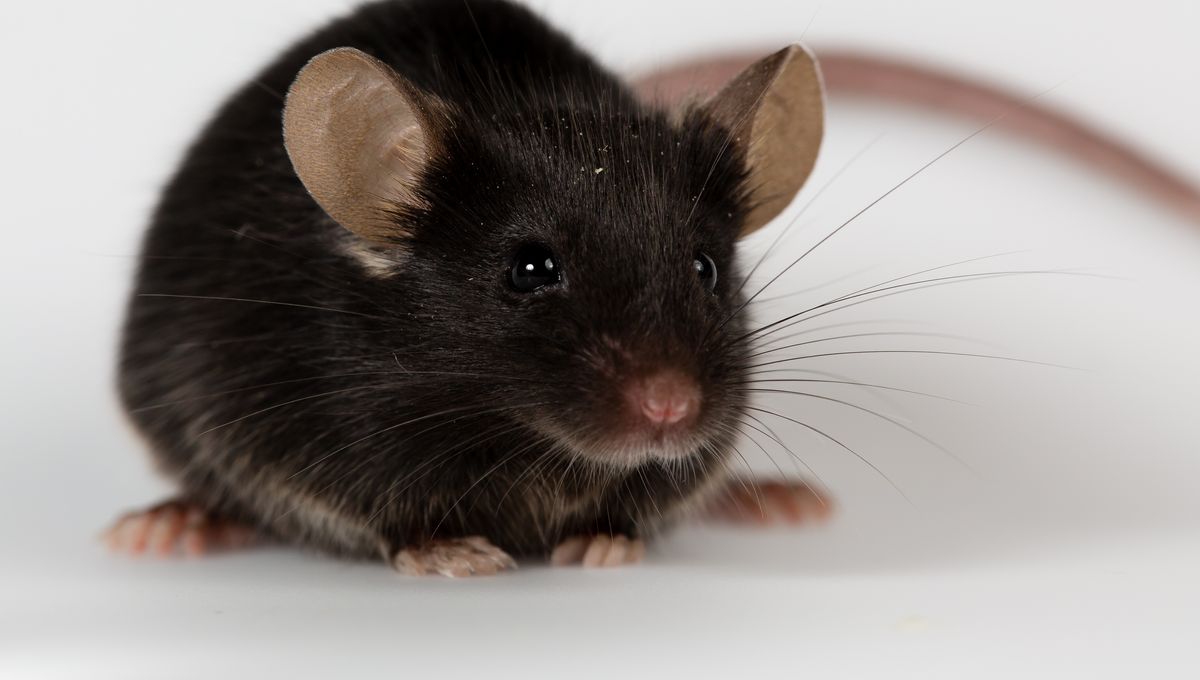
Originally developed as a test of consciousness in different species, the mirror test has since become an indicator that a creature recognizes its reflection as itself. Now, researchers have potentially welcomed a new member to the self-recognition club: mice.
Placing a dollop of black or white ink on the foreheads of black-furred mice, a team of researchers then placed individual mice in a box with a mirror and started recording them. Observations revealed that mice with white spots on their heads spent more time grooming their heads whilst in front of the mirror. On the surface, this would suggest that the mice were able to detect the change in their appearance, and thus are capable of self-recognition, joining the likes of humans, chimpanzees, and fish.
However, the researchers caution that this doesn’t necessarily mean that mice are “self-aware”. They also found that the mice could only detect the spots under certain conditions: being accustomed to mirrors, having spent time socializing with other mice that looked like them, and if the blob of ink on their heads was relatively large.
“The mice required significant external sensory cues to pass the mirror test – we have to put a lot of ink on their heads, and then the tactile stimulus coming from the ink somehow enables the animal to detect the ink on their heads via a mirror reflection,” said first author Jun Yokose in a statement. “Chimps and humans don’t need any of that extra sensory stimulus.”
The team also sought to identify the neural basis for the behavior resembling self-recognition. They identified a subset of neurons in the hippocampus, which they found were activated when the mice appeared to recognize themselves in the mirror. To confirm the neurons played a role in this behavior, the team made them non-functional, after which the mice stopped displaying it.
The researchers further suggest that socialization may be key to the mice developing self-recognizing behaviors, with socially isolated mice displaying no increase in grooming behaviors during the mirror and ink test. There were also clues in the analysis of neurons.
“A subset of these self-responding neurons was also reactivated when we exposed the mice to other individuals of the same strain,” said senior author Takashi Kitamura. “This is consistent with previous human literature that showed that some hippocampal cells fire not only when the person is looking at themselves, but also when they look at familiar people like a parent.”
The next step for the team is to figure out if mice can still recognize changes to their appearance in the absence of tactile stimulation; cold, wet ink on their heads may well have alerted them to the fact. One suggestion is to use filters similar to those seen on social media – a study with images of mice with little bunny ears or cartoonishly large eyes would be worthwhile indeed. It’s also hoped they can identify other brain regions that could be involved in self-recognition.
“Now that we have this mouse model, we can manipulate or monitor neural activity to comprehensively investigate the neural circuit mechanisms behind how self-recognition-like behavior is induced in mice,” said Yokose.
The study is published in the journal Neuron.
Source Link: Mice Have Passed The Mirror Test, Suggesting They Might Have Self-Recognition